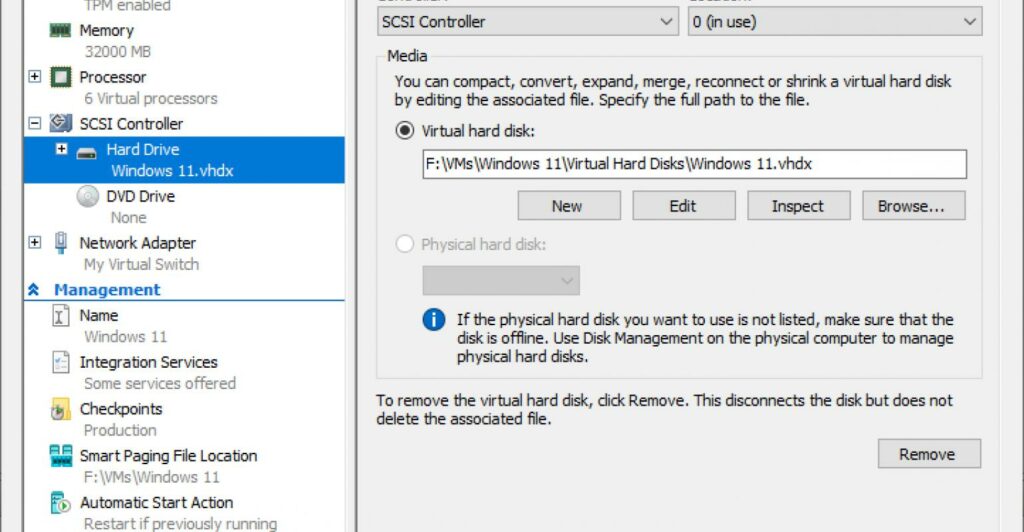Maximizing Storage Efficiency: A Comprehensive Guide on How to Reclaim Hard Drive Space by Shrinking Windows 10

Introduction:
As the digital landscape evolves, the need for efficient storage management becomes increasingly crucial. Windows 10, Microsoft’s flagship operating system, offers users a powerful feature known as disk shrinking, enabling them to reclaim hard drive space and optimize their storage usage. In this extensive guide, we will delve into the intricacies of how to shrink Windows 10, exploring the step-by-step process, potential benefits, and considerations involved in reclaiming valuable hard drive space.
Understanding Disk Shrinking in Windows 10:
Disk shrinking is a built-in feature in Windows 10 that allows users to reduce the size of existing partitions, thereby creating unallocated space on the hard drive. This unallocated space can then be utilized for various purposes, such as creating new partitions, expanding existing ones, or simply freeing up storage for improved system performance.
Methods for Shrinking Windows 10:
- Using Disk Management:
- Disk Management is a native Windows 10 tool that facilitates disk-related tasks, including shrinking partitions. Follow these steps to shrink Windows 10 using Disk Management:
a. Press “Windows key + X” and select “Disk Management” from the menu. b. Right-click on the partition you want to shrink and choose “Shrink Volume.” c. Enter the amount of space you want to shrink in megabytes (MB). d. Click “Shrink” to initiate the shrinking process.
- Disk Management is a native Windows 10 tool that facilitates disk-related tasks, including shrinking partitions. Follow these steps to shrink Windows 10 using Disk Management:
- Using Command Prompt:
- Command Prompt provides another method for disk shrinking. Follow these steps:
a. Press “Windows key + X” and select “Command Prompt (Admin)” to open Command Prompt with administrative privileges. b. Type the following command and press Enter:
diskpart
c. Type the following commands in sequence:
csharplist volume
select volume X (Replace X with the volume number of the partition you want to shrink)
shrink desired=X
- Command Prompt provides another method for disk shrinking. Follow these steps:
- Using PowerShell:
- PowerShell offers a command-line approach to disk management. Follow these steps:
a. Press “Windows key + X” and select “PowerShell (Admin)” to open PowerShell with administrative privileges. b. Type the following command and press Enter:
mathematicaGet-Volume
c. Note the DriveLetter of the volume you want to shrink. d. Type the following command to shrink the volume:
cssResize-Partition -DriveLetter X -Size Y
(Replace X with the DriveLetter and Y with the size you want in gigabytes, for example, 20GB.)
- PowerShell offers a command-line approach to disk management. Follow these steps:
Considerations Before Shrinking Windows 10:
- Backup Important Data:
- Before initiating any disk-related operations, it’s crucial to back up important data. While disk shrinking is generally safe, unexpected issues can arise, and having a backup ensures the safety of your valuable files.
- Available Free Space:
- Ensure that there is sufficient free space on the partition you intend to shrink. The amount of space you can shrink is limited by the available free space on the partition.
- System Partition:
- The system partition (usually C:) contains essential system files. While you can shrink it, be cautious not to shrink it excessively, as it may impact system performance. Ensure that you leave ample space for Windows and system-related operations.
- Fragmentation:
- Disk fragmentation can affect the success of the shrinking process. Consider defragmenting the partition before attempting to shrink it. You can use the built-in “Optimize Drives” tool in Windows 10 for this purpose.
- Unmovable Files:
- Windows might not be able to shrink a partition if there are unmovable files located within the space you want to shrink. These files include system files and the page file. Running the “Disk Cleanup” utility can help remove unnecessary files and improve the chances of successful shrinking.
Benefits of Shrinking Windows 10:
- Optimized Storage Utilization:
- Shrinking Windows 10 allows users to optimize storage utilization by reallocating space based on their specific needs. This is particularly beneficial for those who want to create new partitions for specific purposes without adding new physical storage.
- Creating New Partitions:
- The reclaimed space from shrinking can be used to create new partitions. Users can designate these partitions for data storage, backups, or other specialized purposes, facilitating better organization of files and data.
- Flexible Storage Management:
- Disk shrinking enhances the flexibility of storage management. Users can adjust the size of partitions dynamically, adapting to changing storage requirements over time without the need for additional physical drives.
- Improved System Performance:
- Reclaiming hard drive space by shrinking Windows 10 can contribute to improved system performance. This is particularly noticeable on the system partition (C:), where freeing up space allows the operating system to operate more efficiently.
- Cost-Effective Solution:
- For users who are constrained by budget limitations or have limited options for adding physical storage, disk shrinking provides a cost-effective solution. It allows users to make the most of existing storage resources without the need for additional hardware.
- Enhanced Data Security:
- By creating separate partitions for data storage or backups, users can enhance data security. In the event of a system issue or the need for a clean reinstall, critical data stored in separate partitions remains unaffected.
Conclusion:
Shrinking Windows 10 is a valuable technique for users seeking to optimize storage usage, create new partitions, and enhance system performance without the need for additional physical storage. By following the step-by-step methods outlined in this comprehensive guide and considering the associated considerations, users can reclaim hard drive space with confidence, knowing that they have taken measures to safeguard their data and system integrity.
As technology advances and user requirements evolve, the ability to manage storage dynamically becomes increasingly essential. Windows 10’s disk shrinking feature aligns with this need, providing users with a versatile and efficient solution for maximizing the potential of their existing storage infrastructure.




